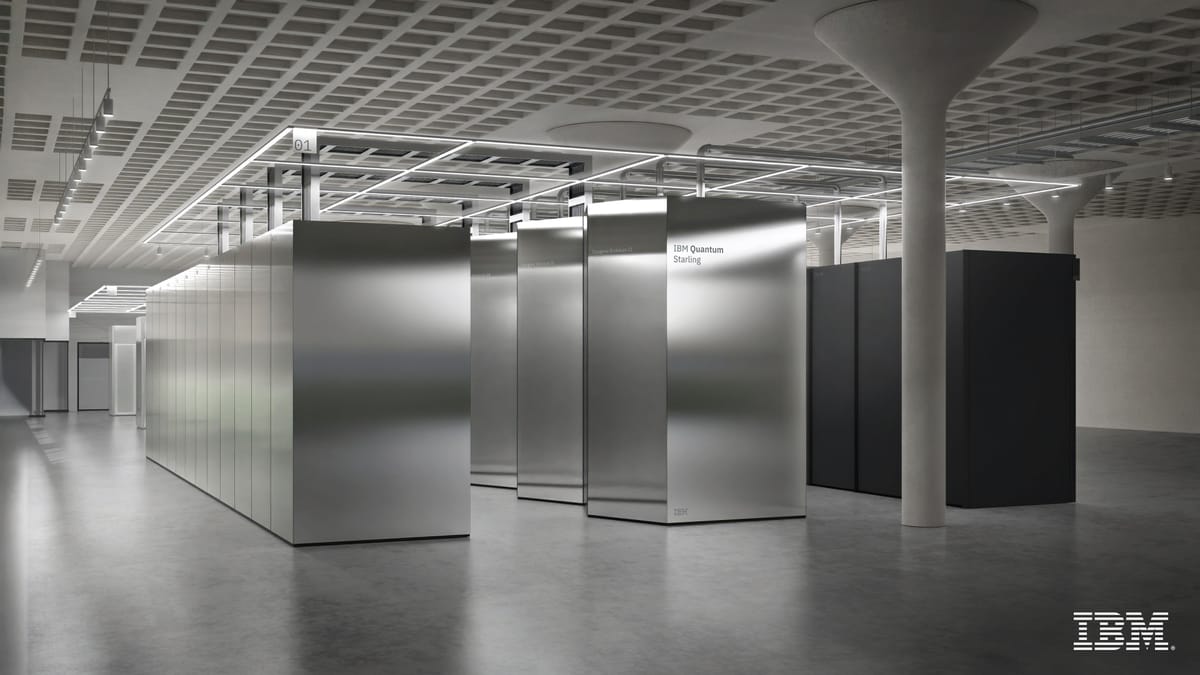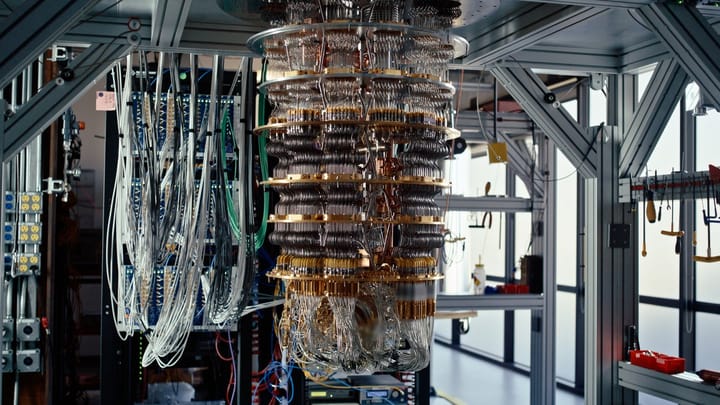IBM to Develop ‘Fault-Tolerant’ Quantum Supercomputer 20,000x More Powerful Than Today’s Systems
Named IBM Quantum Starling, the system will be developed at a new quantum data center in Poughkeepsie, New York.

IBM has announced plans to build the world’s first large-scale, fault-tolerant quantum computer by 2029.
Named IBM Quantum Starling, the system will be developed at a new quantum data center in Poughkeepsie, New York.
IBM claims Starling will be capable of executing 100 million quantum operations using 200 logical qubits—20,000 times more than today’s systems.
"In 2028, Starling will demonstrate the use of magic state injection with multiple modules. In 2029, Starling will scale to a system capable of running one hundred million gates on 200 logical qubits," IBM said in a blog post.
Logical qubits, constructed from physical ones, detect and correct errors, a crucial step toward real-world quantum computing. IBM says Starling will require memory greater than that of a quindecillion (10⁴⁸) of today’s most powerful supercomputers.
“Our expertise across mathematics, physics, and engineering is paving the way for a large-scale, fault-tolerant quantum computer — one that will solve real-world challenges and unlock immense possibilities for business,” Arvind Krishna, Chairman and CEO, IBM, said.
Starling will pave the way for IBM Quantum Blue Jay, projected to run 1 billion operations on 2,000 logical qubits. IBM’s roadmap includes launching IBM Quantum Loon this year, Kookaburra in 2026, and Cockatoo in 2027—each introducing key technologies to scale quantum systems modularly.
IBM is using quantum low-density parity check (qLDPC) codes to drastically reduce qubit overhead and improve fault tolerance, signaling a major leap toward scalable quantum infrastructure.



Comments ()